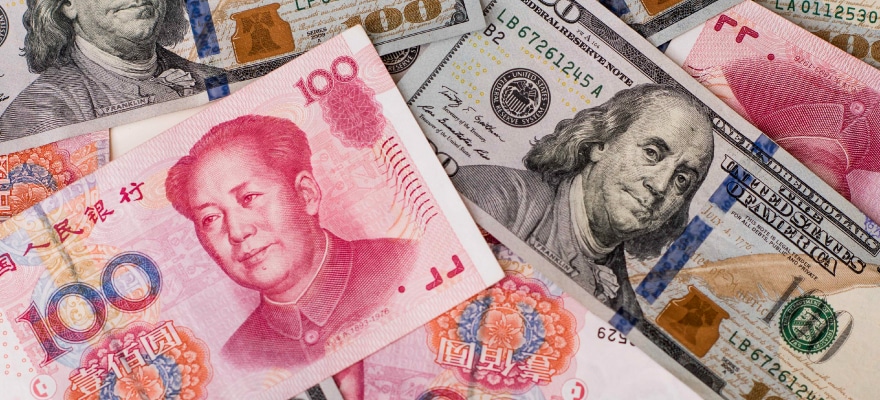China has strengthened the renminbi’s trading range today by the most since 2005 when the People’s Bank of China de-pegged the currency from the US dollar and allowed it to move more freely, albeit within a daily trading band.
To unlock the Asian market, register now to the iFX EXPO in Hong Kong
As per a report in today’s Financial Times, the renminbi’s sudden strength caught the global markets off-guard after investors expected the currency would kick off the year by continuing its gradual slide amid persistent outflow pressures despite efforts to curb them.
After the biggest-ever two-day surge in the offshore version of the renminbi, the midpoint for the onshore market was fixed by the PBoC 0.9 percent stronger at Rmb6.8668, a level not seen for a month.
According to analysts, the sharp strength in the daily 'fix' was anticipated following the offshore renminbi’s sudden rally. Onshore, the renminbi is permitted to trade 2 per cent either side of its midpoint. The offshore market, which has no such restrictions, was introduced in 2010.
China is shortly due to release its December foreign reserve holdings data. November’s fall of $70 billion was seen as a sign of rising outflow pressures, fuelling a debate about just how much the PBoC was prepared to burn through to slow the renminbi’s slide.
However, China recently introduced a series of measures to tighten capital controls and reduce outflows by limiting cross-border Payments , as reported by Finance Magnates. The country has also just imposed extra paperwork on citizens planning to use their annual $50,000 foreign exchange limit, which reset at the start of the year.
The speed of the renminbi’s advance this week has been fuelled by thin Liquidity in the offshore market, increasing the scramble for the currency when the price began to rise.
This was reflected today when the overnight cost of borrowing renminbi offshore in Hong Kong almost doubled to 61.333 per cent from Thursday’s levels. The rate is typically between 1 and 2 percent.

















